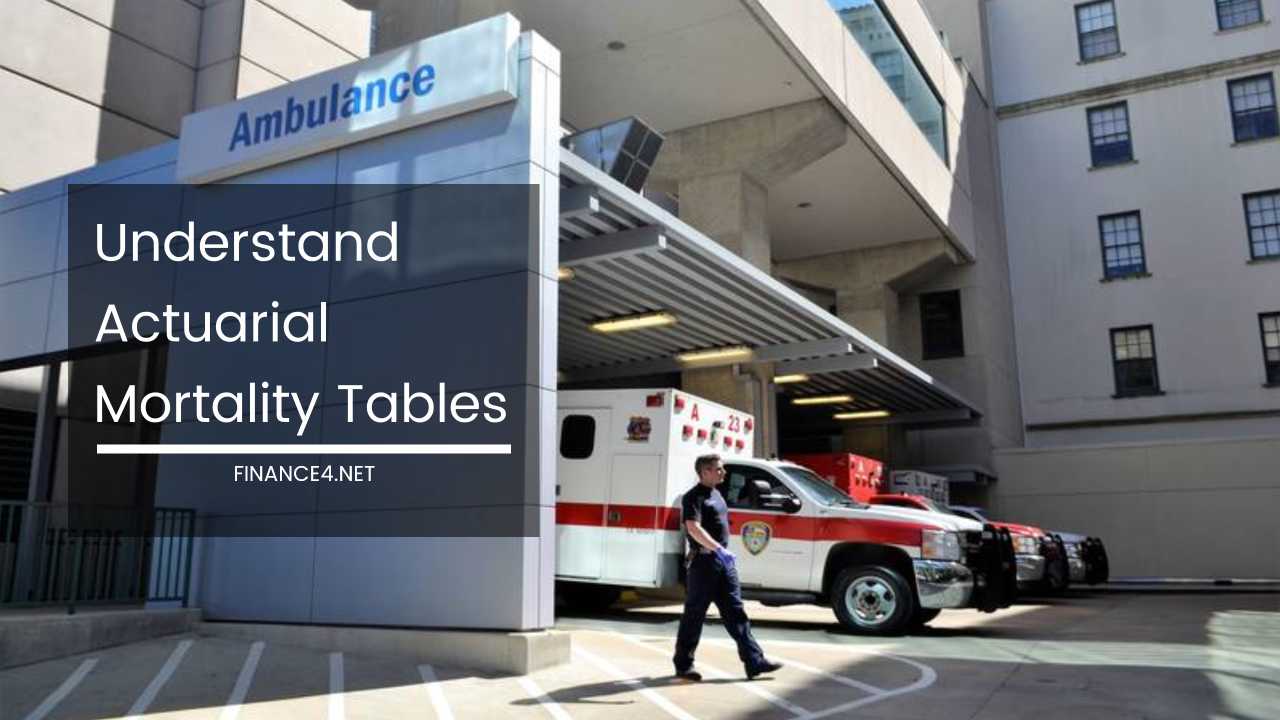Details to Know Before you Borrow Student Loans

Student Loans
Navigating the Challenges of Defaulted Student Loans: A Comprehensive Guide to Resolution
In the pursuit of higher education, the escalating costs have led many students to seek financial assistance through student loans. However, as the number of borrowers increases, so does the alarming rate of loan defaults, posing a significant threat to the global economy.
This comprehensive guide aims to shed light on the consequences of defaulted student loans and provide a roadmap for resolution, emphasizing the importance of proactive communication with lenders.
The Importance of Higher Education and the Need for Loans:
Undoubtedly, education plays a pivotal role in shaping one’s future. As the expenses associated with higher education continue to rise, borrowing becomes a necessity for those aspiring to secure a better future. The decision to take out an education loan is often driven by the desire to pursue dreams and ambitions that necessitate financial support.
The Rising Threat of Default:
While education loans open doors to opportunities, they also bring about the risk of defaults. A growing number of students find themselves facing obstacles that impede their ability to repay loans promptly. Factors such as credit crunch, inflation, unemployment, underemployment, and personal responsibilities contribute to the increasing ratio of defaulted student loans. Understanding the potential consequences of default is crucial for borrowers to navigate the complexities that may arise.
Consequences of Defaulted Student Loans:
Defaulting on student loans triggers a cascade of consequences that can have a profound impact on an individual’s financial stability. These consequences include:
- Persistent Communication from Lenders: Lenders, eager to recover their funds, resort to constant calls and visits, creating a stressful environment for borrowers.
- Wage Garnishment: Lenders may initiate wage garnishment without the borrower’s consent, further complicating their financial situation.
- Credit Score Decline: Defaulting on student loans leads to a significant drop in credit scores, affecting the individual’s ability to secure credit in the future.
- Financial Deterioration: The defaulting borrower often experiences a decline in overall financial well-being, as accumulating debt and interest take a toll on their economic stability.
- Increased Risk of Bankruptcy: In extreme cases, the financial strain resulting from defaulted loans may push individuals toward bankruptcy, a situation with long-lasting repercussions.
- Inability to Secure Further Financial Assistance: Until the outstanding amount is repaid, defaulted borrowers find it challenging to obtain any additional financial assistance, hindering their ability to address other financial needs.
Navigating Default: A Proactive Approach:
Instead of succumbing to fear, borrowers facing financial difficulties should adopt a proactive approach to resolve the issues stemming from defaulted student loans. The following steps serve as a guide to navigate through these challenges effectively:
- Open Communication with Lenders:
- Acknowledgment of Financial Struggles: Rather than avoiding lenders, borrowers should initiate contact to acknowledge their financial struggles. Open and honest communication lays the foundation for finding mutually agreeable solutions.
- Consultation with Lenders: Engage in a meaningful discussion with lenders to explore potential solutions. Lenders, too, have a vested interest in finding resolutions that ensure repayment while avoiding the complications associated with default.
- Exploring Resolution Options:
- Deferment: For those facing temporary financial setbacks, deferment offers a viable solution. This option allows borrowers to delay the repayment period, providing the necessary breathing room to overcome financial challenges and resume regular payments.
- Consolidation: If a borrower holds multiple loans, consolidating them into a single sum can simplify the repayment process. With a consolidated loan, borrowers make a single monthly installment, streamlining their financial obligations.
- Income-Driven Repayment Plans: Some borrowers may benefit from income-driven repayment plans, which adjust monthly payments based on the individual’s income. This can be particularly helpful for those experiencing fluctuations in their financial situation.
- Loan Rehabilitation: Borrowers may explore loan rehabilitation programs, which involve making a series of consecutive on-time payments to restore the loan to good standing. Successful rehabilitation can mitigate some of the adverse consequences of default.
- Financial Counseling:
- Seek Professional Guidance: Consulting with financial counselors or advisors can provide valuable insights into managing finances and navigating the complexities of defaulted student loans. These professionals can offer personalized advice based on the borrower’s unique circumstances.
- Budgeting and Financial Planning: Developing a comprehensive budget and financial plan is essential for regaining control over one’s finances. Identifying areas for cost-cutting and allocating resources wisely can contribute to a sustainable financial recovery.
Conclusion:
While defaulted student loans present significant challenges, a proactive and informed approach can pave the way for resolution. Open communication with lenders, exploring available options, and seeking professional guidance are crucial steps toward overcoming the adverse consequences of default.
It is imperative for borrowers to understand that loans are meant to ease educational burdens, not to create insurmountable troubles in their lives. By taking control of their financial journey, individuals can reclaim their path towards a stable and prosperous future, unburdened by the weight of defaulted student loans.



